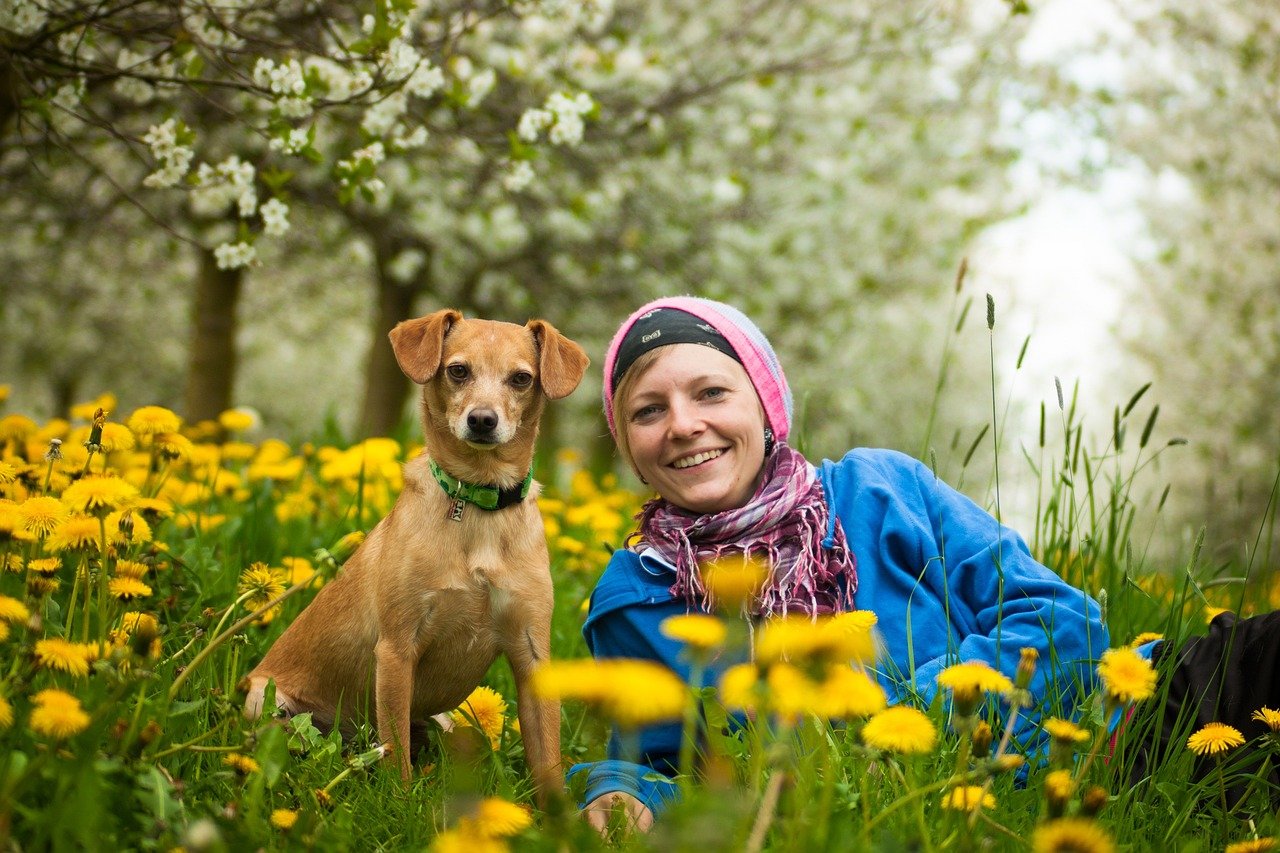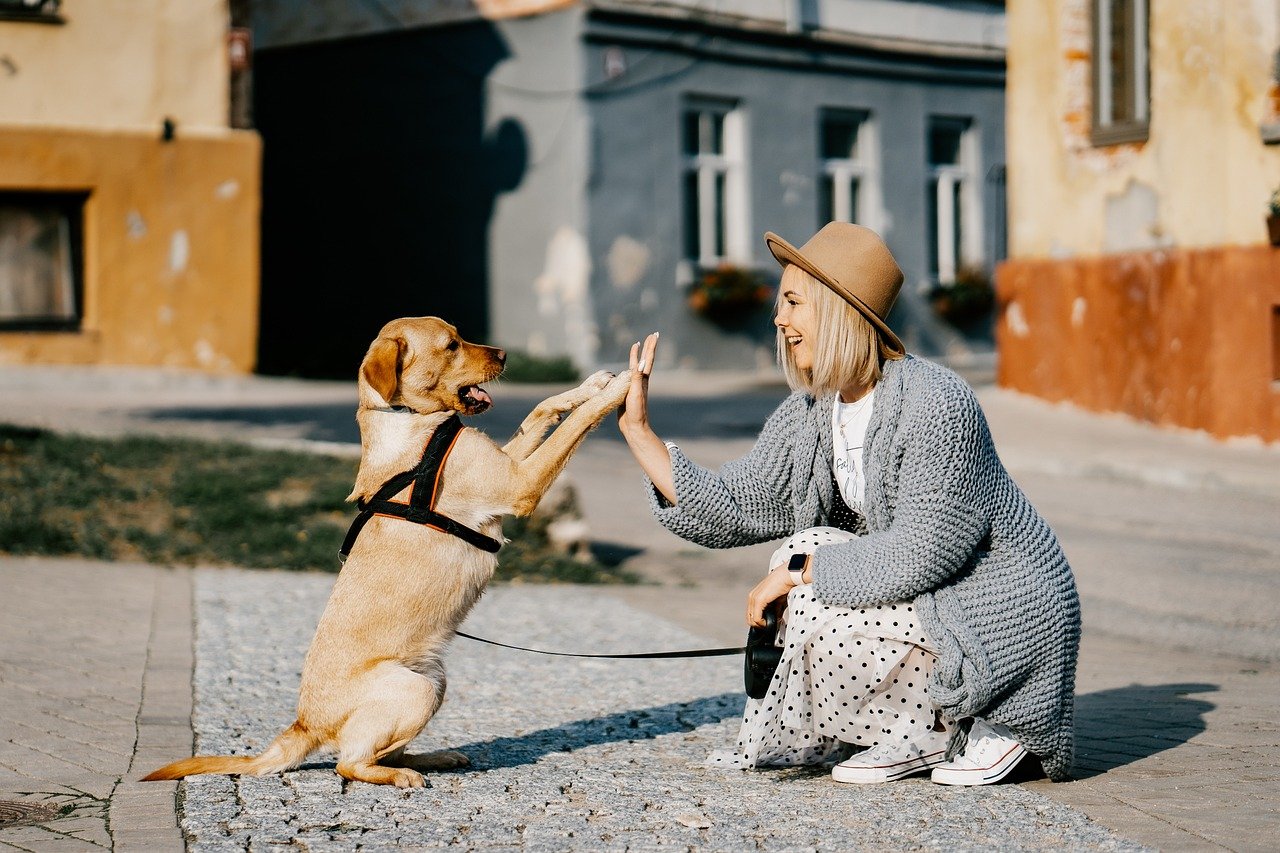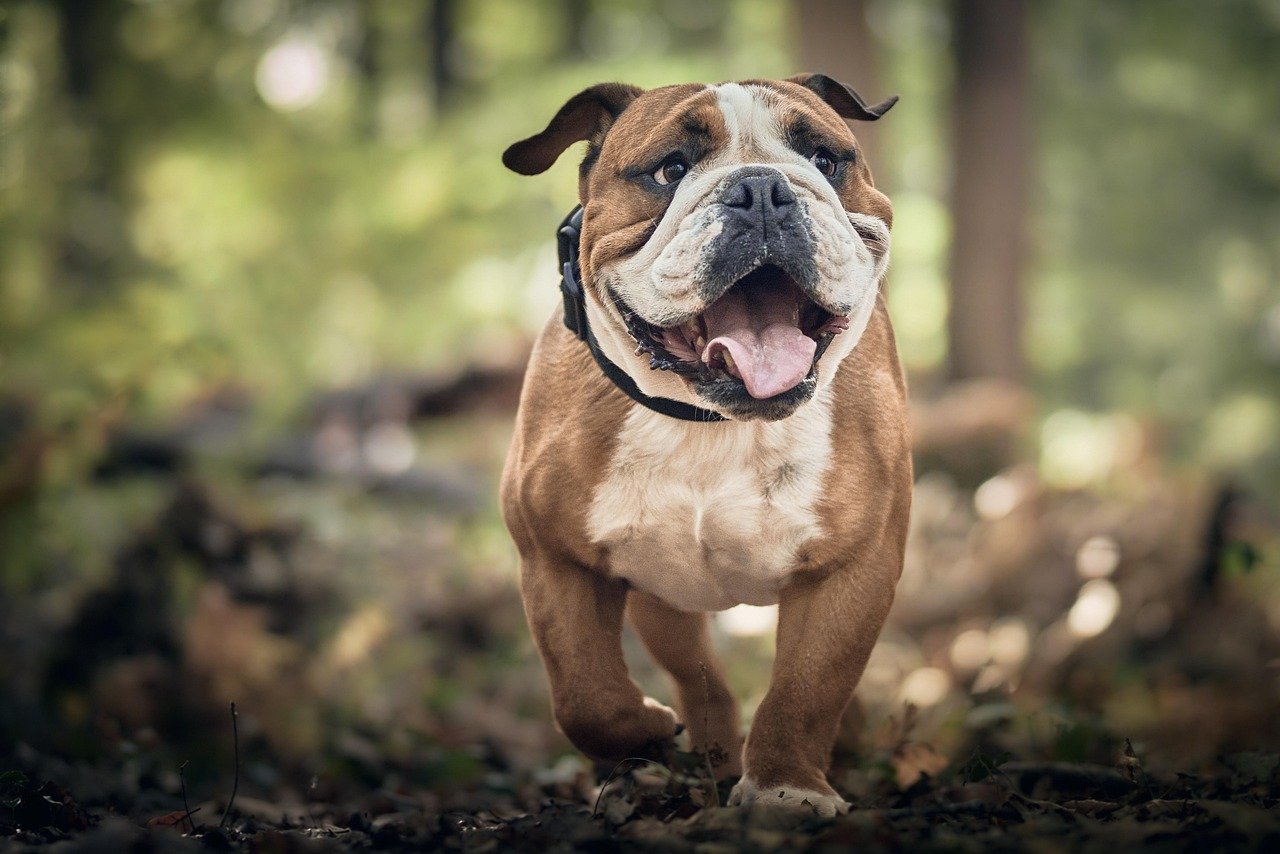Have you ever wondered why your dog seems to melt when you talk to them in a soft voice or why they suddenly look puzzled when you make dramatic hand gestures? The bond between humans and dogs runs deep, but our behaviors don’t always translate perfectly into the canine world. Some of our habits make dogs feel safe and loved, while others leave them totally baffled. Understanding these subtle differences can bring you closer to your furry friend and help you avoid those moments of confusion that leave both of you scratching your heads.
Gentle Tone of Voice

Dogs are incredible at reading people. They tune in to our body language, tone of voice, and even our moods—often better than we realize. While some human traits naturally make dogs feel safe, loved, and connected, others can leave them puzzled or uneasy, even when we mean well. Understanding how our behavior affects our canine companions is key to building stronger, more trusting relationships.
Dogs are incredibly sensitive to the tone of our voices. When you speak to your dog in a calm, gentle voice, it reassures them that everything is okay. Harsh or loud tones can make dogs anxious, while a soothing voice helps them relax. This is why many dogs gravitate towards people who naturally speak in softer tones. It’s like a warm blanket for their soul. If you’ve ever noticed your dog wagging their tail and leaning in when you use a gentle voice, that’s their way of saying, “I feel safe with you.” Even during training, a calm tone can encourage them to listen more attentively.
Consistent Routines
Routine is like a security blanket for dogs. They thrive when they know what to expect, whether it’s feeding time, walks, or bedtime. When humans stick to a predictable schedule, dogs feel less stressed and more at ease. Sudden changes can throw them off balance and make them anxious. Imagine living in a world where everything is unpredictable—routine helps dogs find their place and gives them confidence in their daily lives. Simple habits, like walking at the same time each day, can make a world of difference.
Physical Affection
Most dogs crave physical affection from their humans. Petting, gentle scratching behind the ears, and cuddles on the couch can be incredibly comforting for them. Physical touch releases oxytocin—the “love hormone”—in both humans and dogs, deepening your bond. However, every dog is unique; some may prefer a gentle pat on the head, while others love full-on snuggles. Always pay attention to your dog’s cues, but know that, for many, your loving touch is a source of immense joy and comfort.
Steady Eye Contact

While intense staring can be intimidating in the animal kingdom, steady, soft eye contact from a trusted human is something dogs actually find comforting. It’s a sign of trust and affection. Studies have shown that when a dog and their human gaze lovingly into each other’s eyes, both experience a boost in oxytocin. This doesn’t mean you should have staring contests with your dog, but looking into their eyes with warmth can make them feel truly loved and secure.
Slow, Predictable Movements
Dogs are quick to pick up on sudden movements and can easily become startled or nervous. When humans move slowly and predictably, it signals safety and calm. If you’ve ever noticed your dog shy away from someone who flails their arms or moves too quickly, it’s because they feel threatened or confused by the unpredictability. On the other hand, slow, gentle actions—like reaching out to pet them or calmly getting up from the couch—show your dog that there’s nothing to fear.
Positive Reinforcement
Dogs flourish in environments where positive behaviors are rewarded. Whether you’re offering treats, praise, or extra playtime, positive reinforcement helps your dog understand what you want from them. This approach builds trust and makes training a joyful, confidence-boosting experience. Unlike punishment, which can create anxiety and confusion, positive reinforcement creates a nurturing and comforting atmosphere for your furry companion. They quickly learn, “When I do something good, something wonderful happens!”
Playfulness and Laughter

Believe it or not, dogs love it when their humans are playful and happy. Laughter and light-heartedness seem to be contagious—even across species. When you get down on the floor and play tug-of-war or toss a ball, your dog picks up on your joyful energy and feels included in the fun. This playful interaction reassures them that you’re a safe, loving presence. It also helps burn off energy and strengthens your bond in the most delightful way.
Patience

Patience is one of the most comforting traits a human can have for a dog. Whether you’re teaching them a new trick or waiting for them to finish sniffing that one fascinating spot on the sidewalk, your patience shows that you respect their pace and needs. Dogs can sense frustration or impatience, which can make them feel insecure or hesitant. Giving them the time they need, without rushing or scolding, helps them feel accepted and secure in your presence.
Smiling and Relaxed Body Language

Dogs are experts at reading body language. When you approach your dog with a relaxed posture and a genuine smile, they instantly pick up on your positive mood. This nonverbal communication tells them that you’re happy and approachable. Many dogs will even respond with their own version of a smile—a wagging tail and relaxed body. Your calm and cheerful demeanor can work wonders to put your furry friend at ease, especially in new or potentially stressful situations.
Being Present and Attentive
Dogs crave undivided attention from their humans. When you put down your phone, make eye contact, and truly engage with your dog, they feel truly seen and valued. This kind of presence is deeply comforting. It’s not just about spending time together—it’s about quality time. Whether you’re playing, walking, or just sitting quietly together, your attentive presence assures your dog that they matter more than any distraction in the world.
Inconsistent Commands
One of the most confusing things for dogs is when humans use inconsistent commands. If you sometimes say “down” to mean “lie down” and other times to mean “get off the couch,” your dog is left guessing. This inconsistency can lead to frustration and uncertainty. It’s like trying to solve a puzzle with missing pieces. Dogs thrive on clarity and clear communication, so sticking to the same words for the same actions is essential.
Mixed Signals with Body Language
Dogs rely heavily on body language to interpret human emotions. When your words say one thing but your body language says another, your dog can get incredibly confused. For example, calling your dog in an angry tone or crossing your arms while asking them to come closer sends mixed messages. This can make dogs hesitant or even anxious because they don’t know what you truly want from them. Consistency between your words and actions helps avoid this confusion.
Overly Dramatic Gestures
Big, dramatic hand movements or flailing arms can be startling for dogs. While humans often use gestures to express excitement or enthusiasm, dogs may see these as signs of alarm or even threats. If you’ve ever tried to celebrate and noticed your dog slinking away, it could be because your body language is too overwhelming for them. Smaller, calmer gestures are much easier for dogs to understand and find comforting.
Ignoring Personal Space
Dogs, like people, have boundaries. Some humans, especially children, may rush up and hug a dog tightly without warning. This can be deeply confusing and uncomfortable for many dogs, who may not understand the sudden invasion of their personal space. Respecting a dog’s boundaries—especially with unfamiliar dogs—helps them feel safe and respected. Always let a dog approach you first and watch for signs that they’re comfortable with closer contact.
Sudden Changes in Routine

Dogs find comfort in routine, so when their daily schedule is suddenly changed, it can be very disorienting. Whether it’s a new feeding time, a different route for walks, or a new person in the house, sudden changes can leave dogs feeling uncertain and anxious. They may become clingy, withdrawn, or even act out because they don’t know what to expect. Keeping changes gradual and giving your dog time to adjust can help ease their confusion and maintain their sense of comfort.
Jen is a passionate nature lover and ocean conservationist. She has dedicated her life to protecting the environment and preserving the beauty of the natural world. Growing up in a small coastal town, Jen sincerely appreciated the ocean and its inhabitants. She has spent countless hours exploring the shoreline, learning about the creatures that inhabit the waters, and advocating for their protection. Jen is an active member of ocean conservation organizations, and she is committed to educating the public about the importance of conserving wildlife and the natural environment.





